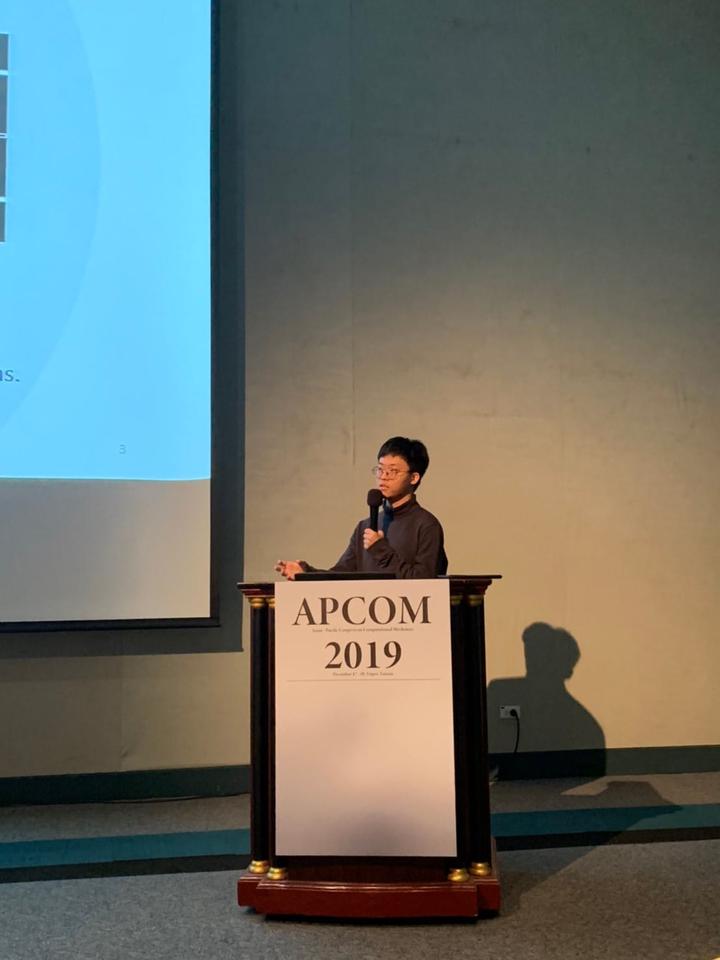Design of Viscoelastic Auxetic Materials Through Machine Deep Learning
 Image credit: Lufter
Image credit: LufterAbstract
High damping and high stiffness (HDHS) materials can dissipate unwanted vibration energy, such as the ones from earthquakes, at the same time structural integrity can be preserved. Through design, auxeticity, i.e. negative Poisson’s ratio, and viscoelasticity of the HDHS may be enhanced along certain loading directions. By combining high damping polymer with auxetic foam-like material, one may construct composite materials to simultaneously exhibit effective high damping and high stiffness in a reasonably wide frequency window. Such composite materials can be used as dampers in structure systems. In this work, we adopt machine deep learning approach to construct sample data by using realistic aluminum foam as a template. Finite element analysis is utilized to numerically calculate the linear viscoelastic properties of the samples that are generated from machine learning. After the samples are prepared, a deep neural network (DNN) is adopted to train and test the data. High coefficient of determination can be achieved and the DNN is used for searching optimal designs of HDHS auxetic composite materials.